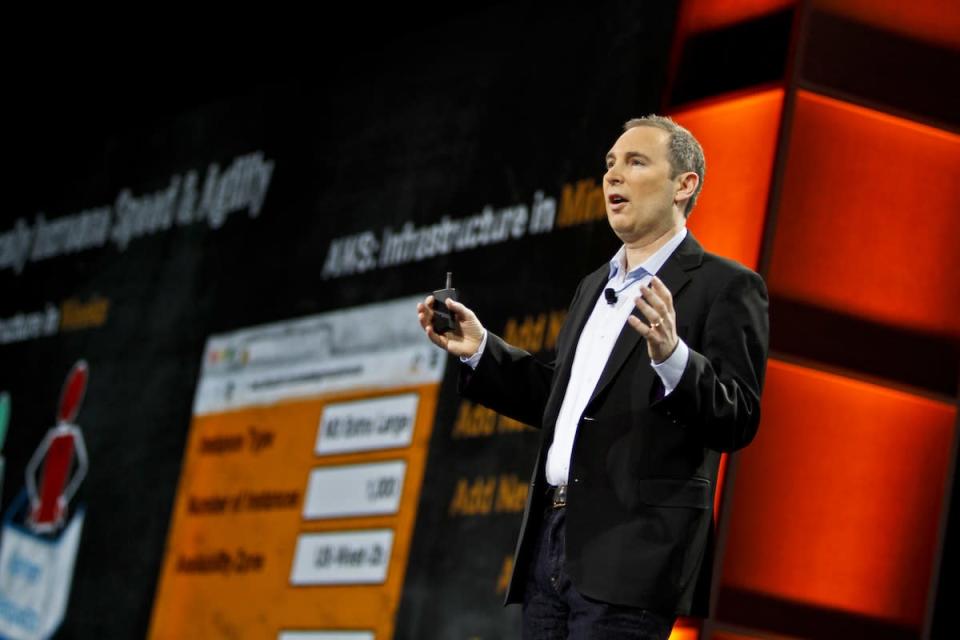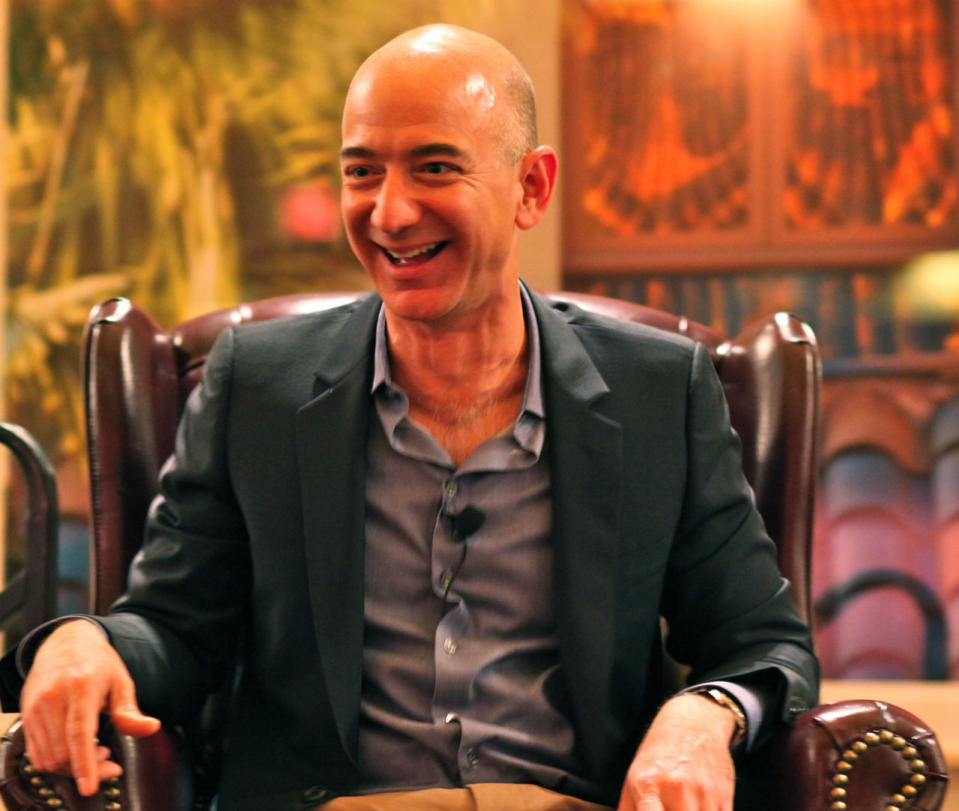Amazon just made a huge change to its $12 billion cloud computing juggernaut

(Amazon Web Services CEO Andy JassyAmazon)
When Amazon launched Amazon Web Services in 2006, it sparked a cloud computing revolution.
No longer would programmers have to buy, build, and maintain their own servers. Now, developers could pay Amazon by the hour to access exactly the amount of supercomputing power they needed. It totally changed the economics of building software, making it possible for a new breed of companies like Dropbox, Airbnb, and others to exist.
Now, Amazon is changing the game again, in a subtle but important way. Amazon EC2 — the prime computing engine at the core of Amazon Web Services — will begin to charge customers by the second rather than by the hour, the company said in a blog post on Monday.
The idea, Amazon said, is to reflect the more modern ways in which developers build apps today. For instance, in 2014, Amazon unveiled a new tool called Lambda, ushering in a trend called "serverless" computing.
To make a long story short, Lambda provides programmers with even more flexibility. If, for example, a translator app is built using Lambda, the servers to do the translation might not even exist until you hit the okay button, and they disappear again after the process is finished and the result is displayed on your phone.
Lambda saved customers money, since they didn't have to have those servers permanently set up. Usage of Lambda is measured and billed in terms of milliseconds But the rest of the Amazon Web Services suite was still billed hourly, creating a kind of disconnect.

(Amazon CEO Jeff BezosSteve Jurvetson / Wikimedia Commons)
Lambda, and other clever modern programming technologies, are changing the way AWS gets used.
"Many of our customers are dreaming up applications for EC2 that can make good use of a large number of instances for shorter amounts of time, sometimes just a few minutes," writes Amazon's Jeff Barr in a blog post.
And so, Amazon is going to a per-second billing model, with some caveats. There's a one-minute minimum, and the new model only applies to virtual servers running the Linux operating system (which means virtual Microsoft Windows servers are sticking to the old way, for now).
Still, Amazon is already far out ahead of Microsoft Azure and Google Cloud, considered to be the second- and third-place players in the cloud game, respectively. It'll be interesting to see if and when these fellow tech titans follow suit.
NOW WATCH: A top analyst recommends buying Facebook, Amazon, Netflix and Google shares
More From Business Insider

